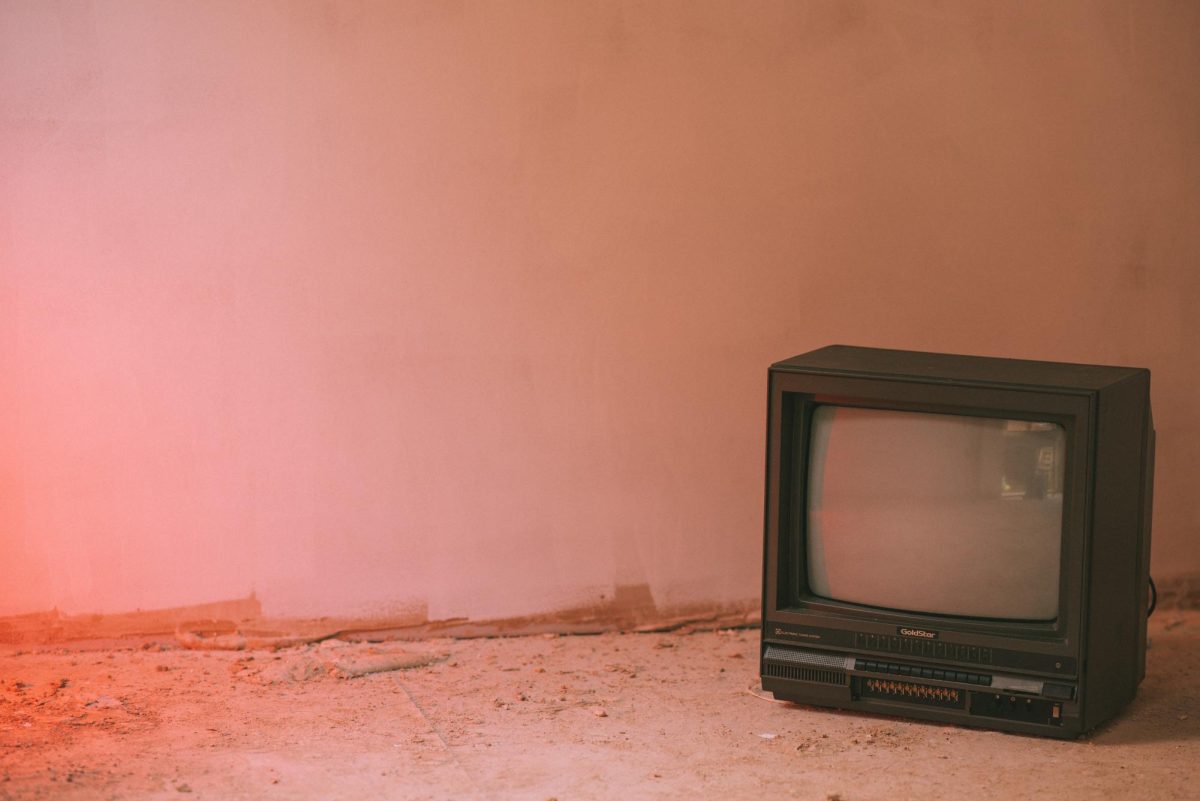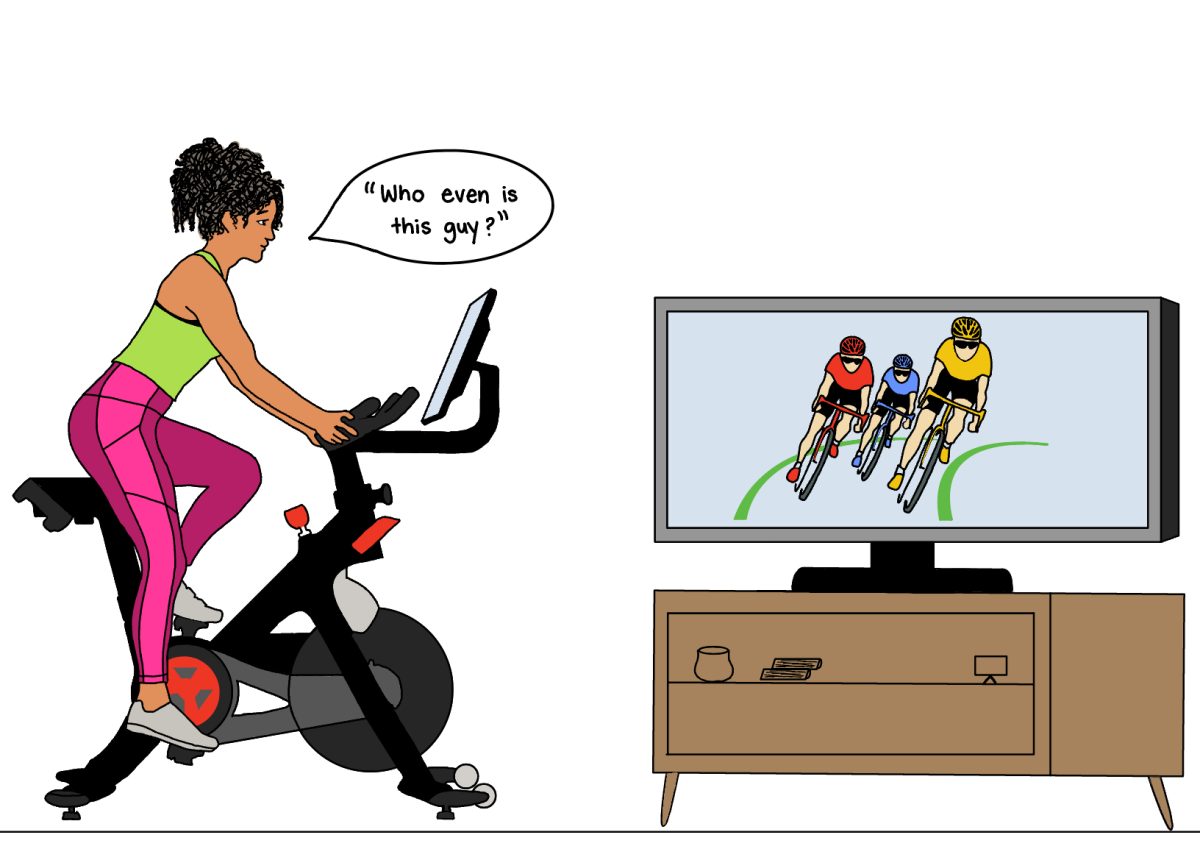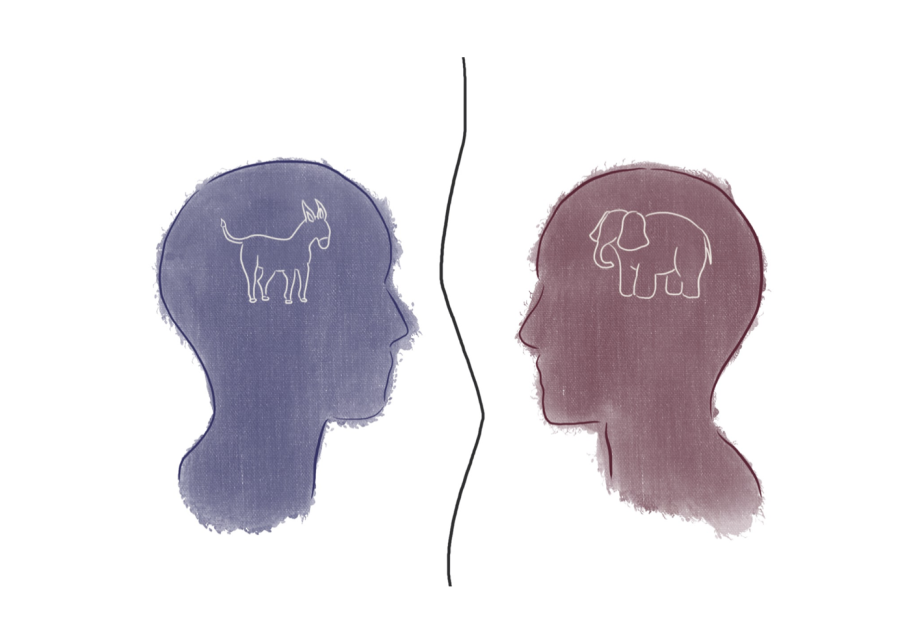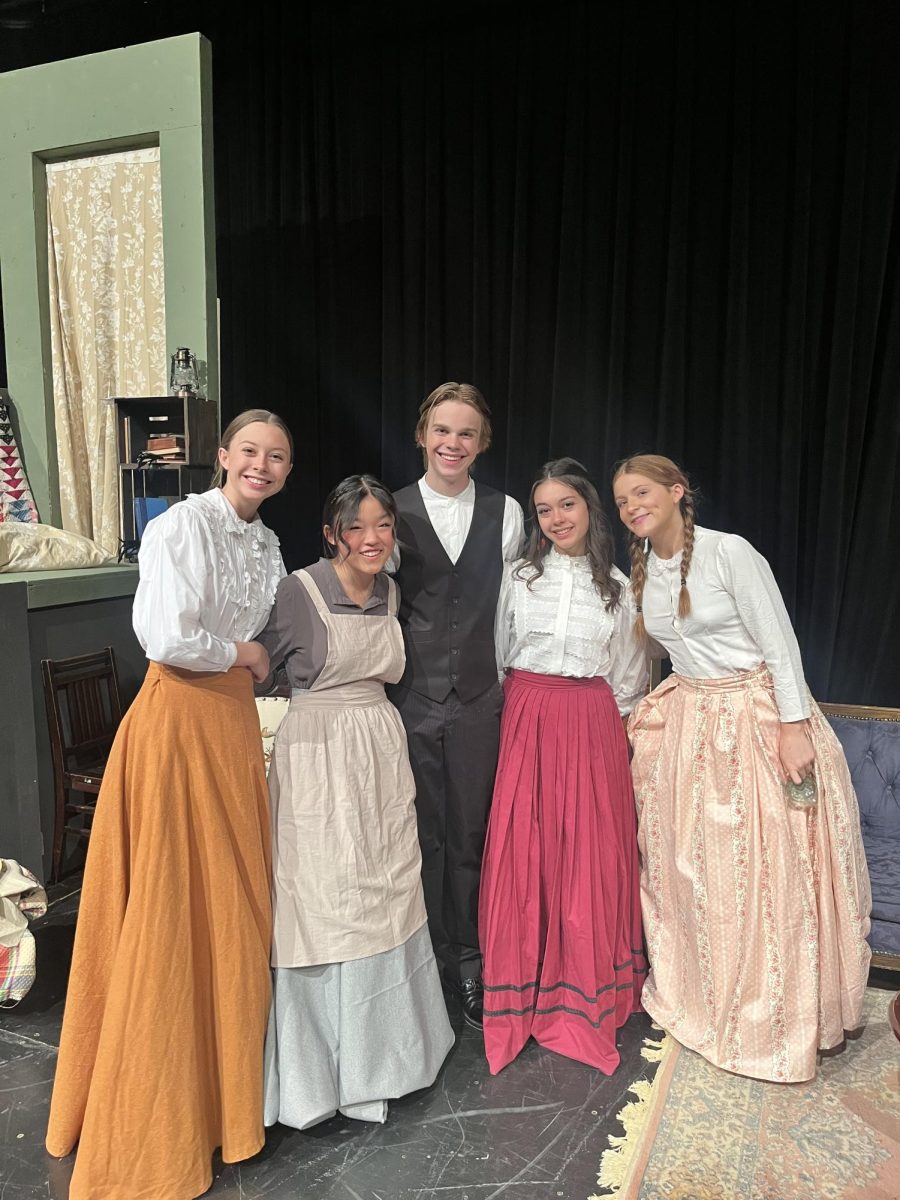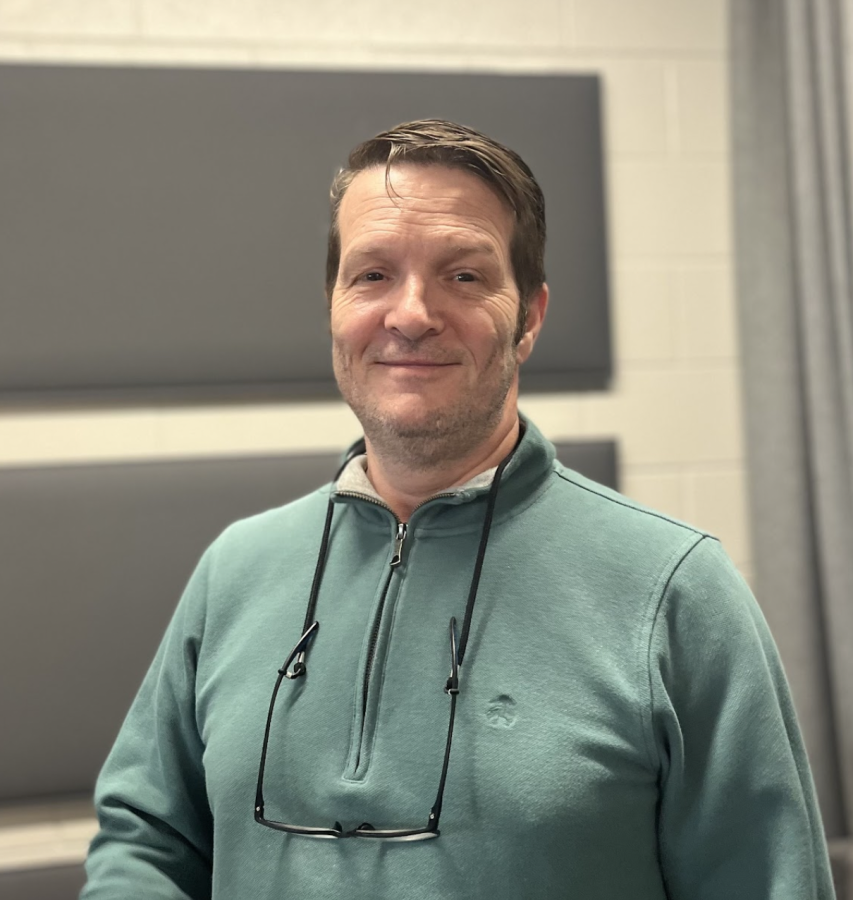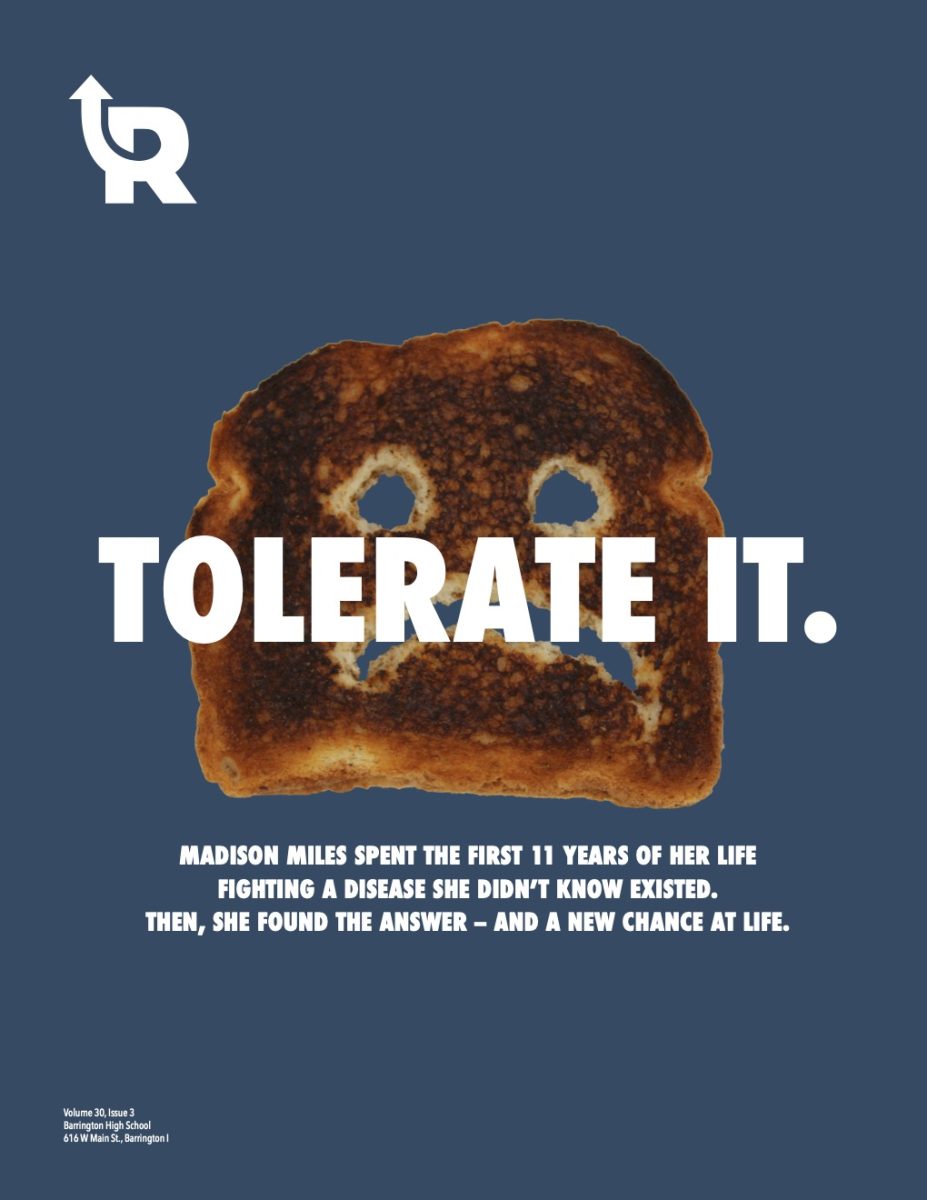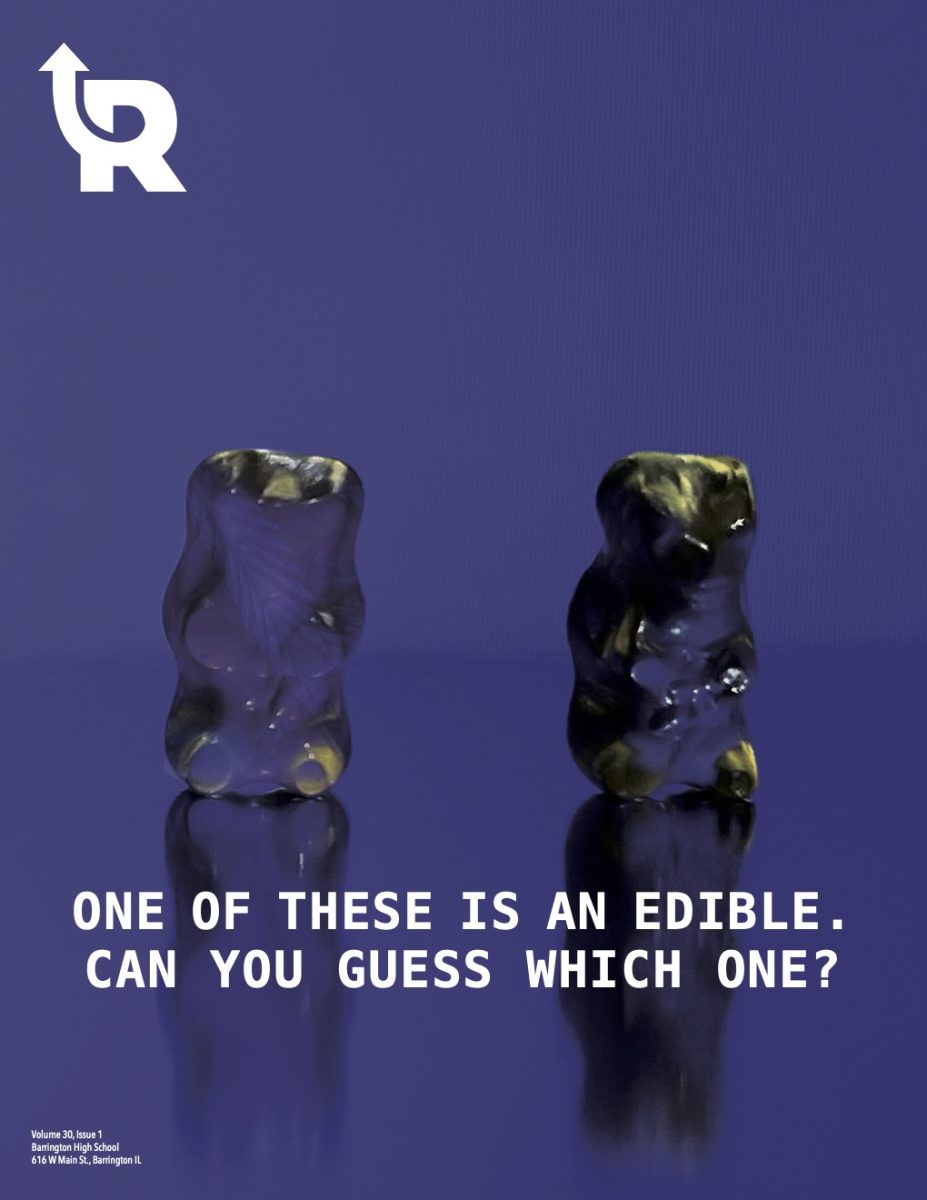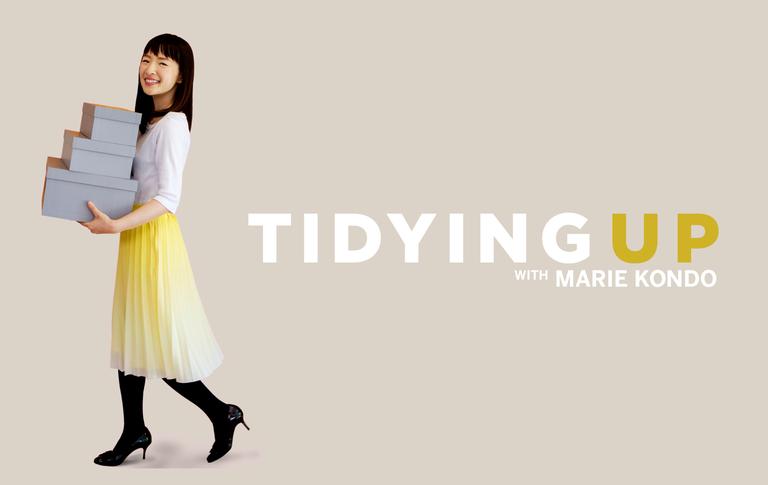Mehta’s take on “Tidying Up With Marie Kondo”
Miloni Mehta|Published February 11, 2019
The release of the Netflix show “Tidying Up With Marie Kondo” has instigated an organizational fever throughout the country– reflected in an uptick of social media decluttering posts and a dramatic increase in donations to Goodwill and the Salvation Army in the last month.
The show was also wisely released on New Year’s Day, because of how the show became popular while millions of Americans were making optimistic resolutions for the new year.
In each episode, Marie Kondo visits a different household to guide her clients. Organizing with a simple order: clothing, then books, then documents, then kitchen and bathroom miscellany, and lastly, sentimental goods. In each episode, she was able to bring an order to not only her client’s overflowing homes, but to the chaos of their lives as well.
Though Kondo is speaking in Japanese, the show moves seamlessly, as the time it takes for Kondo’s words to be translated for the clients is thankfully cut out. And regardless of the language barrier and cultural differences that separates Kondo from her clients, Kondo is still able to reach out and touch the hearts of each of the people she visits because of the power in her presence.
The season begins when Kondo arrives at a family’s house in the rain, her giant blue umbrella only complementing the appearance of her quaint, fairy-like nature. Her illusory presence, however, harshly contrasts the painfully real issues the visited couple was going through. The couple (Kevin and Rachel) seem understandably overwhelmed because of their two toddlers and the burden of the division of their responsibilities, while the clutter of their home seems to be a trigger in their relationship.
The couple give Kondo a tour of their house, and show her their overfilled closets, messy garage, overflowing kitchen, and crowded playroom. It soon becomes clear that the husband harbors resentment over the chores he believes his wife should be doing while his wife feels overwhelmed because of her other responsibilities. Their struggle is likely one many parents of little children can relate to, and though the show does not address the dependence on rather traditional gender roles, the couple does achieve a mutual understanding by the end of the episode. Kondo’s gentle guidance helps them sift through their emotional messes off-screen, and gain a deeper appreciation for not only their possessions but for one another as well.
To the surprise of the family, before beginning to remove any items from closets or cabinets, Kondo knelt down in a room with positive energy, and asked the couple to close their eyes and thank the house for giving them shelter, so as to ask the house for permission to begin. She then, as per the “Konmari Method,” asked her clients to only keep the items that “spark joy” and to honor those objects by placing them in the right places and keeping them clean. She also asks her clients to let go of the possessions that do not “spark joy.” But with every piece of clothing discarded, she asked her clients to thank the piece of clothing for the purpose it had served and the memories associated with it as well.
The entire decluttering process was woven with gratitude for possessions and relationships, and once the organization process was over, each episode clients were left with clarity and happiness because they had become more aware of the emotions their objects brought on; and they had become thankful for the service of their possessions, while letting go of the items that had become burdensome.
Unlike how the hosts of Netflix’s Queer Eye physically transform their client’s appearances and mindsets themselves, Kondo rarely makes the decisions for her clients in the show. She instead teaches them about her methodology, begins the process for them by helping them dump all of their possessions into the middle of their rooms, and then leaves them for weeks to sort through and think about what they want to let go of and how to organize what is left.
Over the season’s eight episodes, Kondo guides the decluttering journeys of people in different stages of their lives, from the first couple’s struggles with two young toddlers to a retired couple that is reluctant to begin the next phase in their lives. Kondo’s organization process has a purpose that runs deeper than the simple shift of material objects, because the process is meant to spark a thankfulness in the objects’ holders and help in an organization of thoughts as well.
In a culture of American consumerism, it felt rare to watch a presence like Kondo’s work her minimalistic magic, but the country’s recent organizational renaissance became understandable after I watched the first few episodes. In addition, Netflix has done a commendable job of creating a popular show that crosses both language and cultural barriers.
If your life or rooms have become too chaotic, or if you just need an extra source of motivation, then by all means, click on Kondo’s show as soon as possible to watch her amaze each of her clients with her work. Just know that there is none of the extreme-makeovers or humiliating confrontation standard to reality television, but that there is instead a gentle emphasis on a person’s own journey towards happiness that reflects the show’s powerfully unique Shinto roots.
Your donation will support the student journalists at Barrington High School! Your contribution will allow us to produce our publication and cover our annual website hosting costs.






